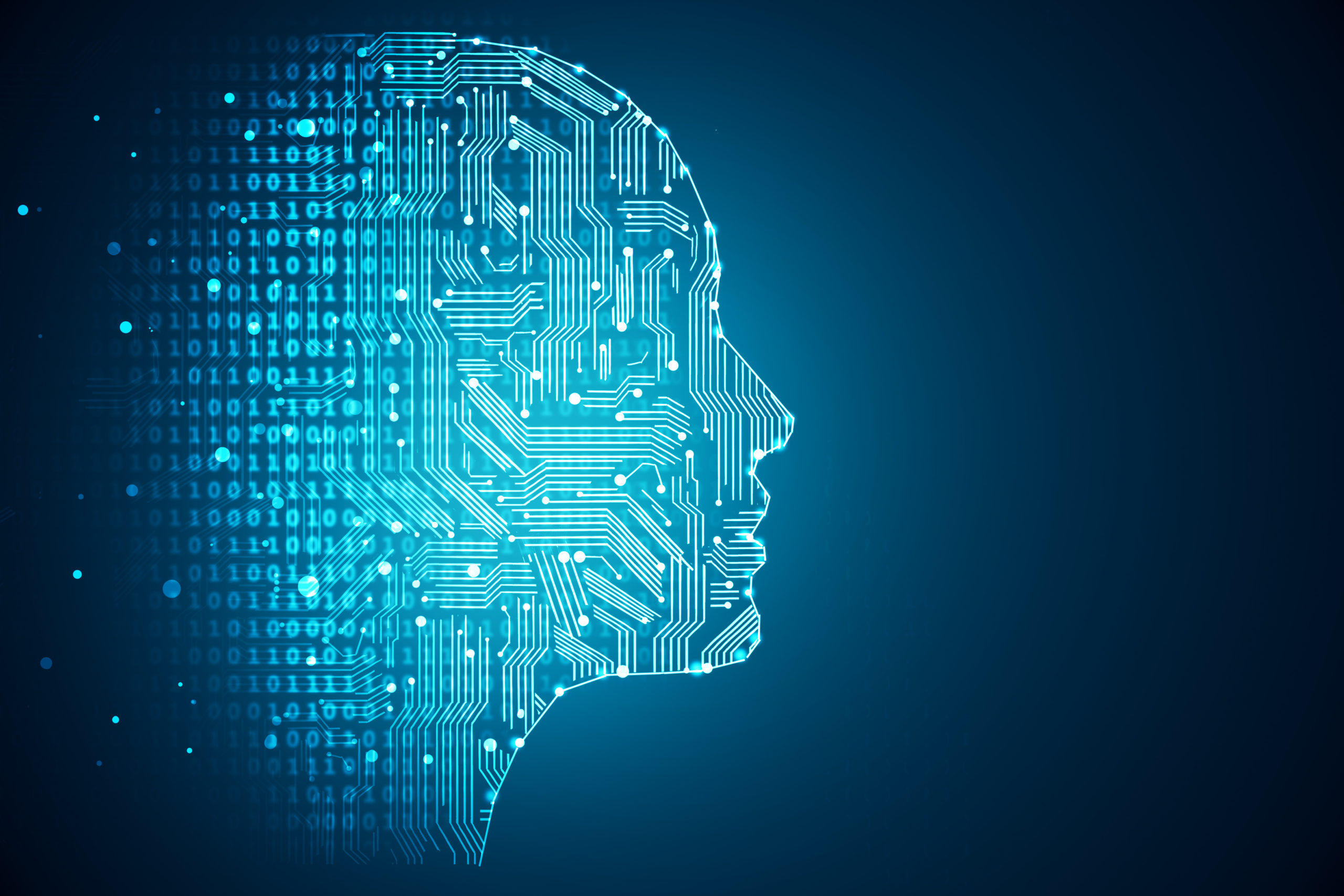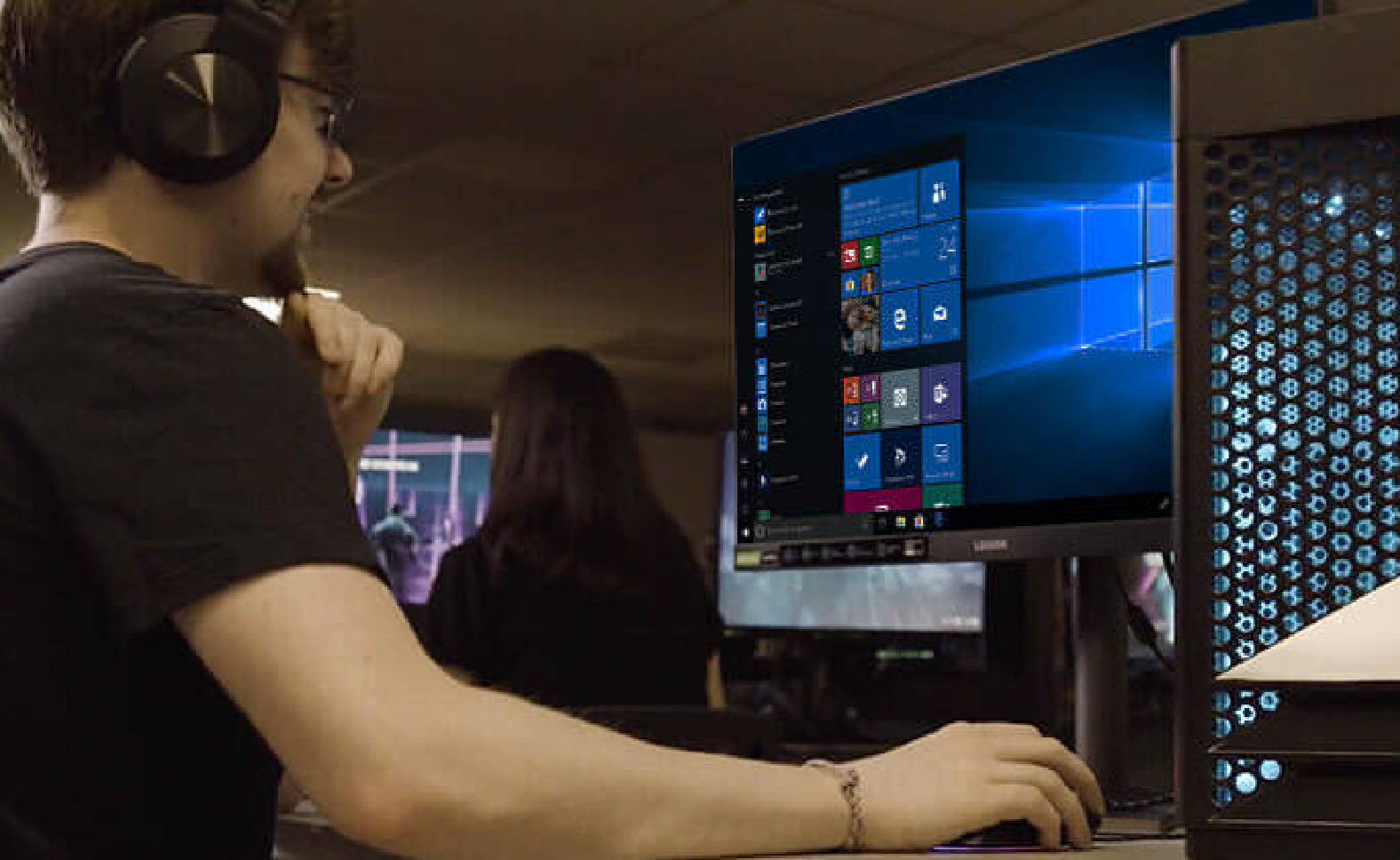Today’s college and university students don’t remember a time when the Internet didn’t exist. Traditional classroom learning spaces have their roots in the Industrial era—a time that didn’t place nearly as much value on collaboration, critical thinking, design, and evidence-based reasoning.1 In order to upgrade the higher education learning experience, it’s time to rethink the way classrooms are designed and technology is applied, enabling faculty to spend more time teaching, and less time managing tedious, administrative tasks. Today’s researchers see Smart Classrooms as providing a layer of informational space woven into the fabric of the traditional physical space. Meaning what, exactly? That Smart Classrooms will leverage the physical space as a catalyst for creating, connecting, and collecting data to improve overall efficiencies.
As digital natives, today’s modern students utilize smart technology powered by Intel® in their everyday lives—touching that informational space is something researchers see as so integral to Learning 2.0. Implementing interactive technology in the higher education classroom is a natural segue—tablets, interactive boards, and wearable tech all have roles to play. But how will smart technology improve teaching and learning?
Key Features for the Next-Gen Classroom
Indiana University sought to answer this question by implementing a Smart Classroom Working Group, gathering faculty input and holding a Smart Classroom Summit where big guns from well-known tech companies met with the school’s technologists and architects to generate ideas. The goals of technology-rich spaces? Reduce complexity and minimize support-requirements.
Stacy Morrone, IU Associate Vice President for learning technologies explained:
“We were excited to have our valued company partners join us to explore how we might draw on artificial intelligence and new product offerings to improve the faculty and student experience in classrooms at Indiana University. We want to free up faculty from many of the routine tasks they need to complete during every class period to give them more time to interact with their students, starting from the moment they walk into the classroom.”
Key Elements of Next-Generation Classrooms
Keeping in mind the goals of streamlining function, here are some of the key features Indiana University identified as critical to the success of the next-generation classroom:
Authentication: Students and faculty save time and create efficiencies by integrating some type of recognition upon entry into the space, such as face or voice recognition, eye scan, thumb/print etc.
Distance learning: The integration of augmented reality into group discussions will give students a more authentic experience for group collaboration.
Environment: Walls and tables will be both analog and digital with the ability to swipe content from one to another.
Automation: The smart features of the room will automate some of the laborious tasks that steal instructional time, such as taking attendance.2
The Biggest Benefits of Smart Classroom Technology
Educational institutions continue to upgrade educational standards and innovation in the classroom—especially evidenced in recent years. The adoption of modern teaching methods through interactive intelligent boards, projectors, and smart notebooks make higher education more interactive and effective. Some of the most notable benefits of Smart Classrooms include:
Enhanced learning experience: By using Smart Classroom technology and interactive whiteboards, information is illustrated with the help of photos, maps, graphs, flowcharts and animated videos— making learning more attractive, fun, and easy to understand. It encourages the ability of students to learn and memorize the topic for a prolonged period of time. Students who learn through visuals grab the subject easily rather than just looking at a blackboard and listening to a lecture.
Interactive learning experience: According to a Gallup survey, after introducing smart technology in schools & colleges, students’ engagement rate has improved by 55%.3 The presence of smart boards helps teachers to deliver lectures more effectively by using visuals in their presentation to explain the topic. Teachers can easily explain each and every part of the lesson with some special effects and graphic presentations. It creates a quick FAQ session between teachers and students.
Easy access to online resources: A Smart Classroom features digital display boards and projectors that are synchronized. A teacher can easily show online solutions while students can see various online resources on the internet. There is an adoption rate of 70% of smartboards and interactive whiteboards in the education sector including public and private sectors for the past 4-5 years. This shows that educational institutions are embracing this advanced technology.
Increased productivity: Data shared with the help of technology is more likely to engage students. Not only are students more involved but, they understand things more easily in less time. This motivates students and teachers accomplish pretty good results leading to improved productivity.
If you’re interested in implementing Smart Classroom solutions, reach out below and a rep will contact you.
Sources
2https://campustechnology.com/Articles/2018/10/31/Are-Smart-Classrooms-the-Future.aspx?Page=2






